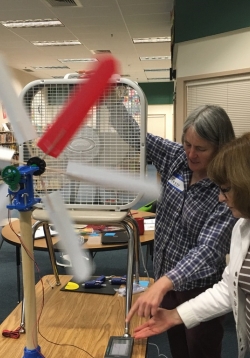DC to AC to DC Efficiency
This is part of the Off the Grid Unit. This lesson will continue to deal with efficiency of USB charging devices, but this time we will be using an inverter in order to create AC voltage from a battery pack, and then use a standard AC charger (what you...




